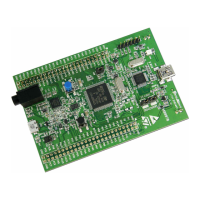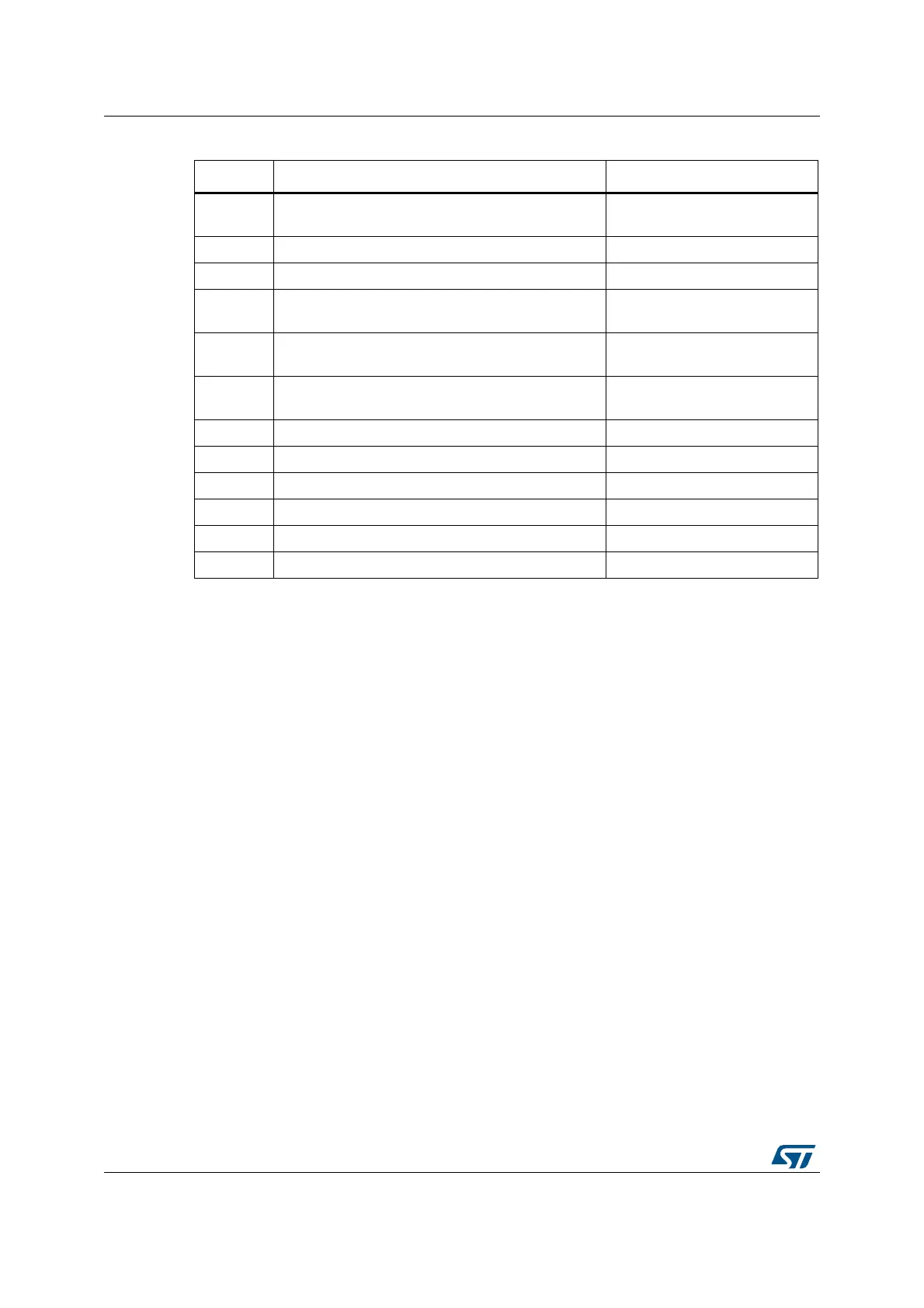

Do you have a question about the ST STM32F4 Series and is the answer not in the manual?
| Series | STM32F4 |
|---|---|
| Core | ARM Cortex-M4 |
| Clock Speed | Up to 180 MHz |
| Flash Memory | Up to 2 MB |
| RAM | Up to 384 KB |
| Operating Voltage | 1.8 V to 3.6 V |
| DAC | 12-bit, up to 2 channels |
| Timers | Up to 17 timers |
| Communication Interfaces | USB, CAN, SPI, I2C, USART, Ethernet |
| Operating Temperature | -40°C to 85°C |
| Package | LQFP, WLCSP, BGA |
Summarizes key advantages: outstanding performance, enhanced debug, efficient core, low power, and security.
Lists datasheets and reference manuals available from STMicroelectronics website for further details.
Explains conventions for highlighting important notes, cross-references, and code elements.
Lists common abbreviations used in register descriptions, such as (rw), (r), and (w).
Introduces the Cortex-M4 processor, its architecture, and integrated core peripherals.
Describes processor modes, privilege levels, execution states, and stack usage.
Explains the memory map, access behavior, and bit-banding features.
Covers exception states, types, handlers, priorities, and grouping mechanisms.
Lists supported instructions, syntax conventions, and flexible operand usage.
Details instructions for loading and storing data from memory.
Covers arithmetic, logical, shift, and data manipulation instructions.
Explains signed/unsigned multiply, accumulate, divide, and saturation instructions.
Describes instructions performing saturation arithmetic on signed/unsigned values.
Details the NVIC's interrupt handling, priority levels, and registers.
Explains SCB registers for system control, configuration, and exception reporting.
Describes the SysTick timer for system timing and RTOS tick generation.